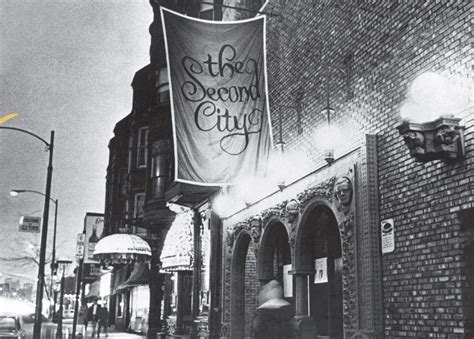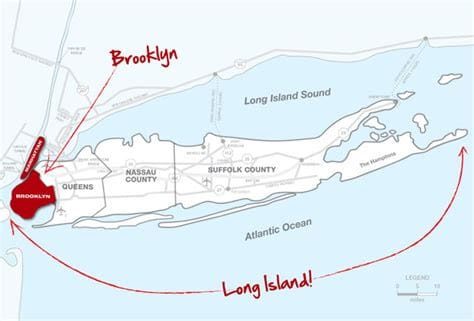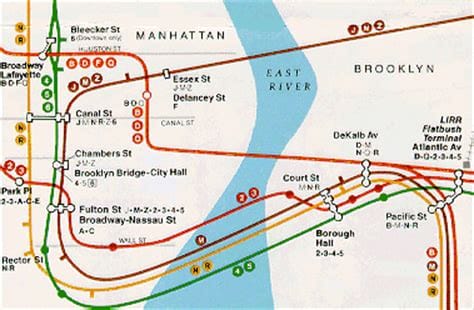Chicago, the Second City, has long been known as the great metropolis of the Midwest. But when, exactly, was Chicago first called the Second City?
The term Second City was first applied to Chicago by the Chicago Tribune in its editorial of November 3, 1890, which praised Chicago for its potential growth and innovation. The editorial concluded: “The second city of the world? It is yours, Chicago, it is yours.”
The term Second City was then widely used to refer to Chicago as a great city of the world, and soon the citizens of Chicago adopted the term as a self-imposed nickname. By the 1920s, it was commonly used by locals to refer to Chicago, and remains in popular use today.
Chicago’s reputation as the Second City has been further solidified by its cultural and economic importance. It is the third largest city in the United States, home to some of the most influential institutions in the world, such as the University of Chicago, the Art Institute of Chicago, and the Museum of Science and Industry. It is also an important center of finance, industry, and commerce.
Chicago’s position as the Second City is not without competition. In recent years, Los Angeles, New York City, and other cities have sought to claim the title for themselves. Despite the efforts of these cities, however, it is Chicago that has remained firmly ensconced in the title of the Second City.
Today, Chicago is still embraced as the Second City, and its citizens proudly wear the title as they continue to innovate and grow. With its rich history, renowned institutions, and vibrant culture, Chicago is proud to wear its nickname and take its place among the great cities of the world.
The Origins of Chicago as the Second City
Chicago is one of the most famous cities in the United States, and it is known for its modern architecture, vibrant culture, and exciting nightlife. But did you know that it is also known as the Second City? The title is a reference to its status as the second-largest city in the United States, behind New York City.
The origins of Chicago being called the Second City began in the mid-1800s. At the time, Chicago was rapidly becoming a major industrial center with a booming population. By the late 1800s, Chicago had surpassed Philadelphia to become the second-largest city in the United States. This earned it the nickname of the “Second City,” a title that has remained to this day.
Since then, Chicago has continued to grow and thrive, becoming one of the most iconic cities in the world. Despite its status as the “Second City,” Chicago is home to a thriving culture, world-class attractions, and a vibrant culinary scene. Thanks to its rich history and ever-evolving culture, Chicago has become one of the most beloved cities in the United States.
Although Chicago is now the third-largest city in the United States, it will always be known as the “Second City.” This title is a reminder of its rich history and its status as a major player in the world of industry, culture, and entertainment.
| Year | Population |
|---|---|
| 1800s | Rapidly Growing |
| 1890s | 2nd Largest City in the US |
| Today | 3rd Largest City in the US |
Today, Chicago is a vibrant city with a lot to offer. From its iconic skyline to its world-class restaurants, Chicago is a city unlike any other. Even though it’s no longer the second-largest city in the United States, it will always be known as the “Second City” for its rich history and its status as a major player in the world of industry, culture, and entertainment.
The Growth of Chicago to Become the Second City
Chicago, located on Lake Michigan in Illinois, is the third most populous city in the US. It has been home to many famous people, including the likes of Walt Disney, Julius Rosenwald and Marshall Field. The city has seen tremendous growth over the past few decades, and is now well known as the ‘Second City’ of the US.
Chicago’s growth began in the mid 19th century, when it was chosen as the site for the nine-mile canal connecting the Great Lakes to the Mississippi River. This canal, along with the city’s railways, made it an ideal port city and the gateway to the American Midwest. As a result, Chicago became an important industrial center.
The city’s population boomed in the late 19th century, with many European immigrants arriving in the area. This influx of immigrants brought with it an influx of new industries, and the city flourished. By the turn of the 20th century, Chicago’s economy was second only to New York City’s.
The city’s population continued to grow throughout the 20th century, and in the 1950s, the term ‘The Second City’ was coined to describe Chicago’s status as a major economic and cultural hub. In the 1970s and 1980s, Chicago saw a resurgence in its economy, with the rise of several major corporations, including Boeing, Motorola, Caterpillar and McDonalds.
Today, Chicago is home to some of the world’s leading companies, including United Airlines, Sears, and Allstate. It is also home to a thriving cultural scene, with world-renowned museums, theaters, and music venues. Despite its challenges, Chicago remains an important economic and cultural force in the US.
Chicago has come a long way since its early days as a port city, and is now considered one of the most important cities in the US. With its vibrant culture and strong economy, the city is sure to remain a major player in the US for many years to come.
 Road Topic Tourism & Travel
Road Topic Tourism & Travel




